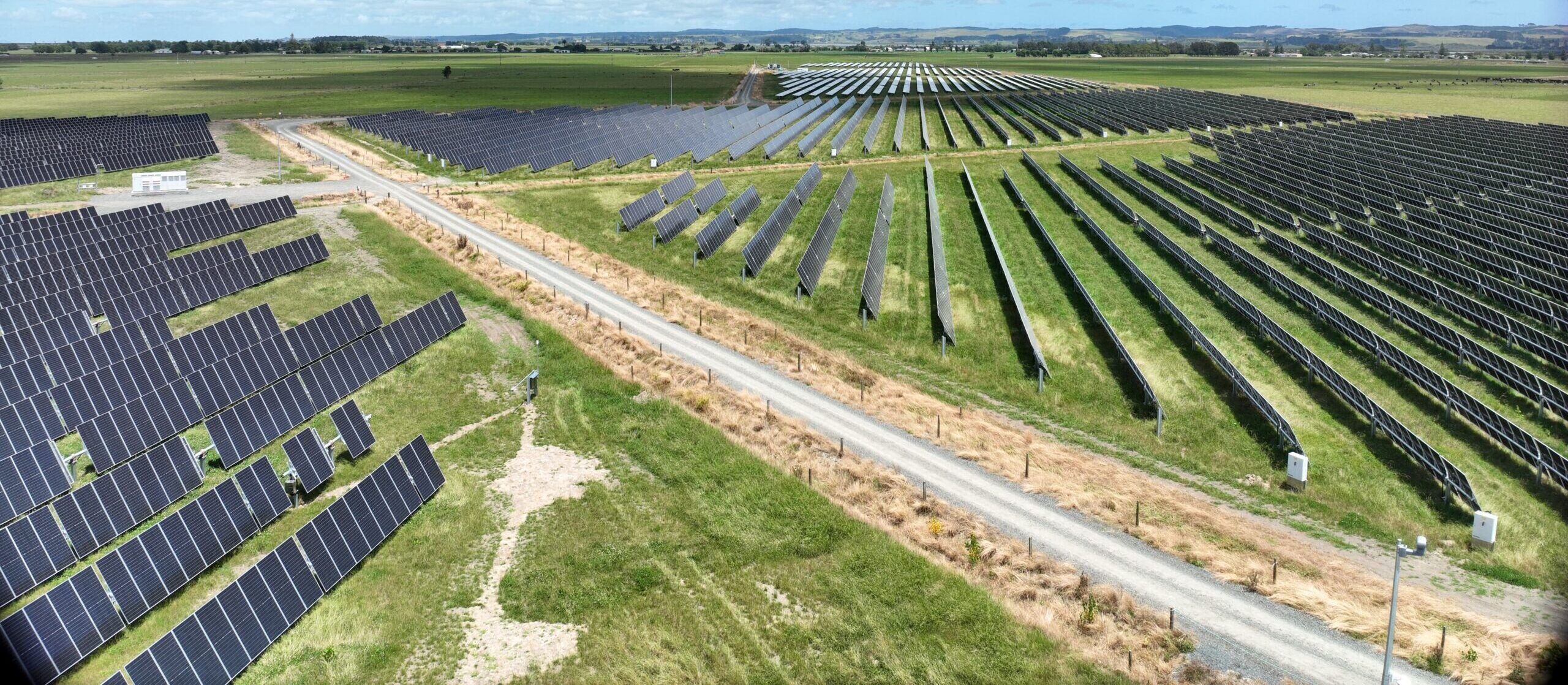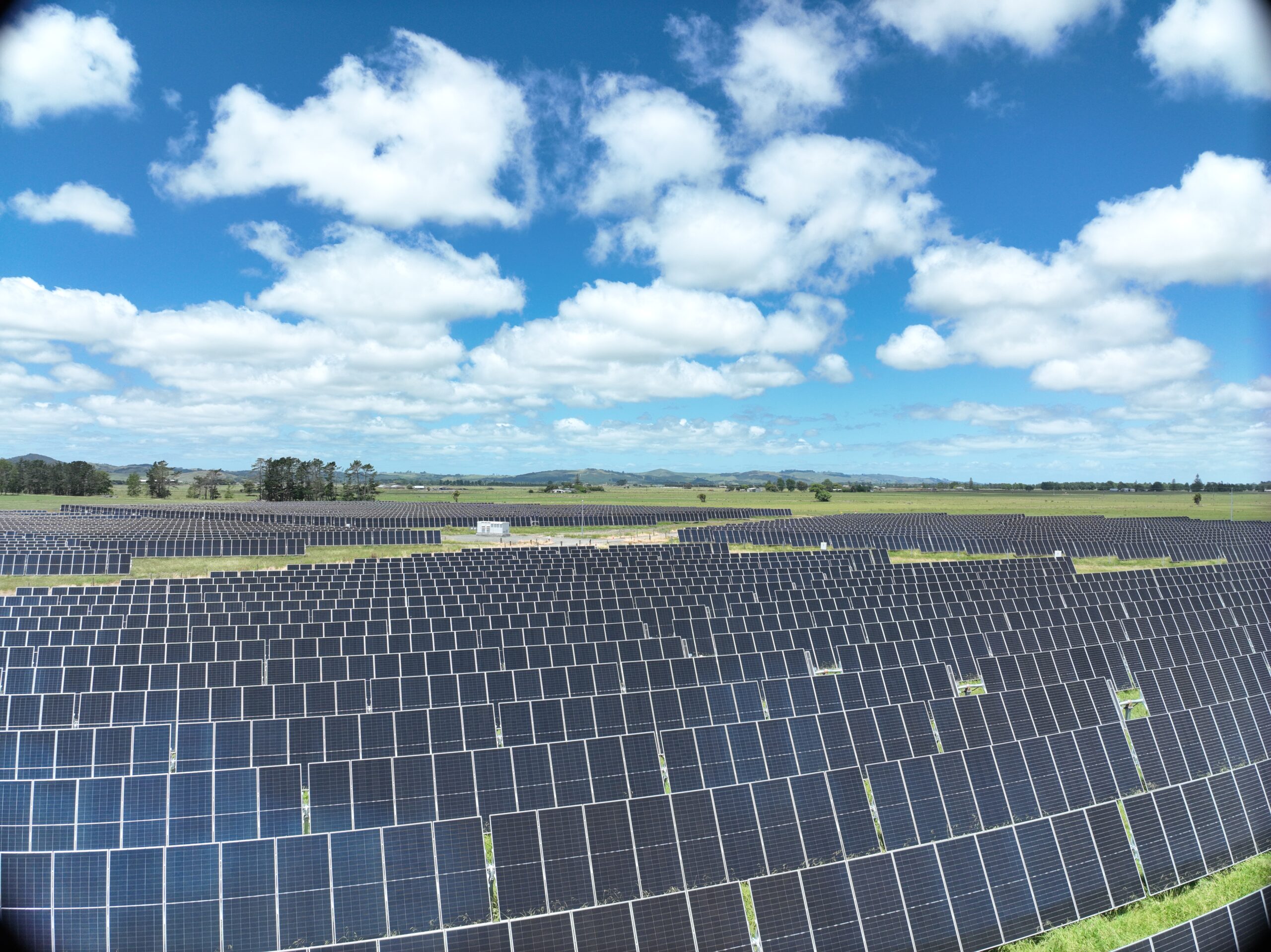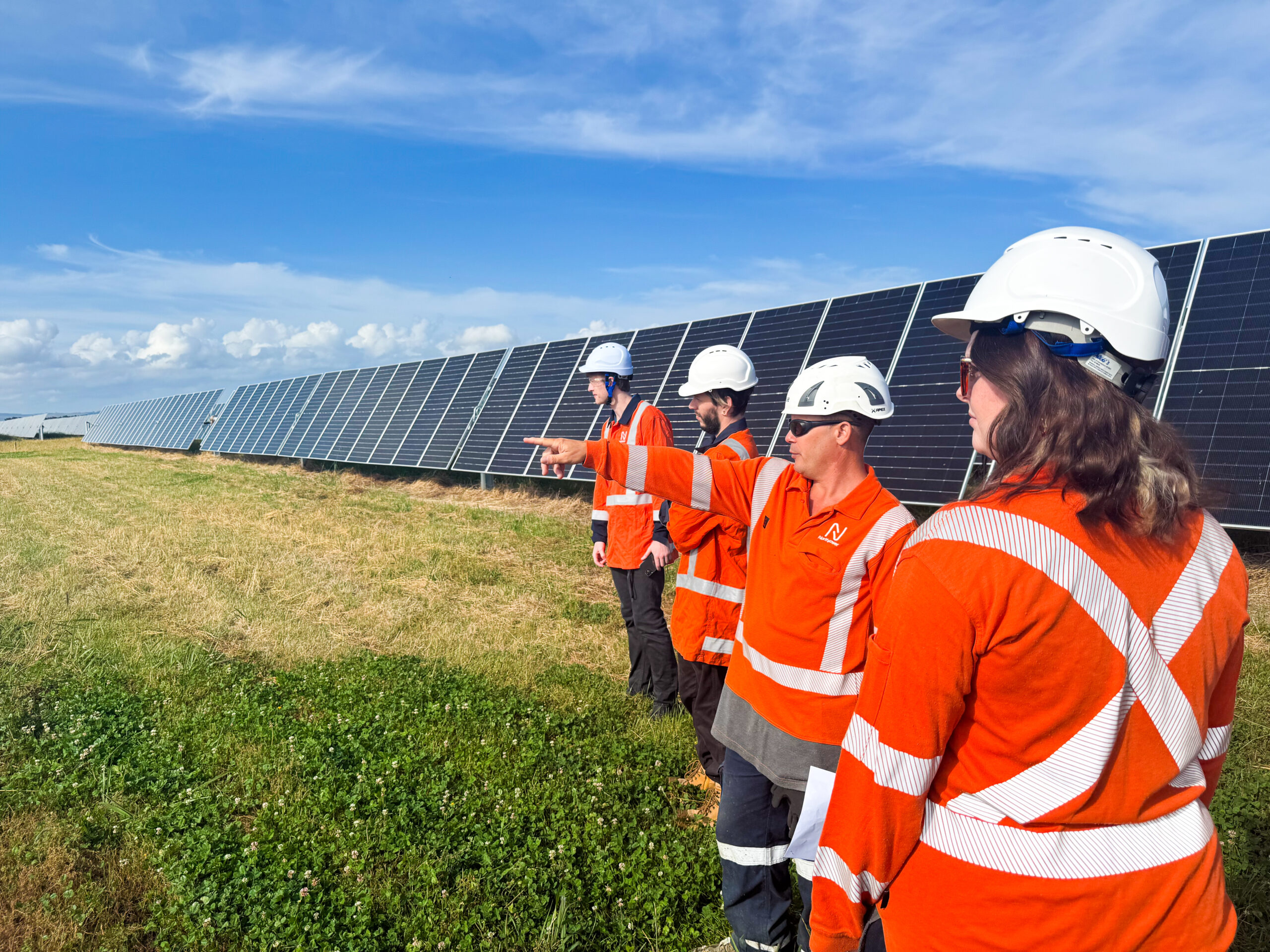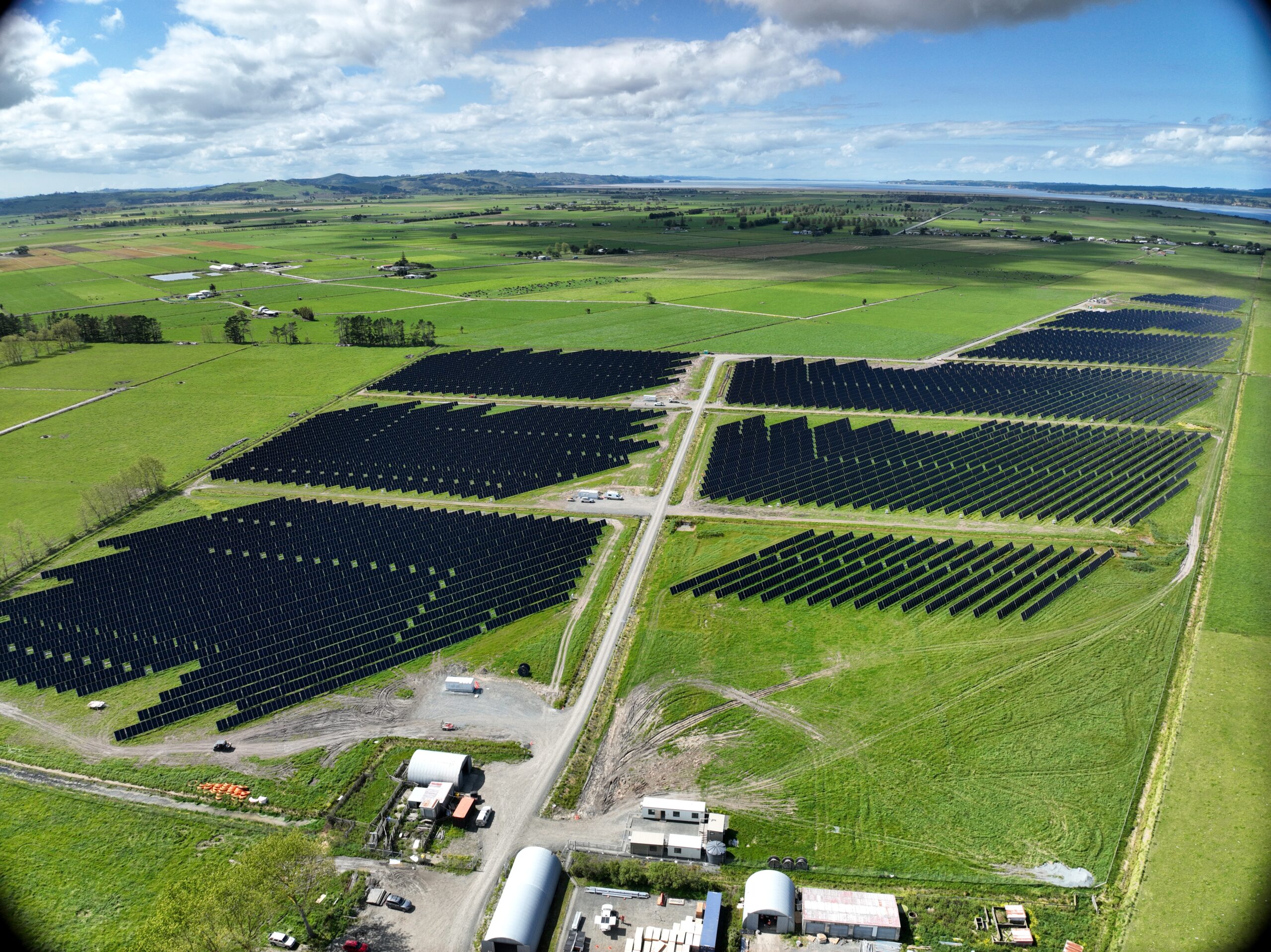Frequently asked questions

Why is Northpower investing in solar?
We believe that solar generation is a wise investment in our region’s energy future.
Our region largely relies on hydro power generated in the South Island. Using Northland’s sun and the latest technology to generate electricity we can:
- Improve our energy supply and resilience and sell energy back to the national grid
- Play our part in New Zealand’s decarbonisation to help mitigate climate change
- Give Northlanders a stake in generation ownership; so profits are distributed locally
- It’s also the right time – our community will be one of the first to own renewable energy generation in Northland.
It’s putting sustainability at the very heart of what we do and maximises our impact and contribution.

What is the benefit to the local community and wider New Zealand?
By taking investing in solar generation and taking this first step in Ruawai, we’ll be building and running grid-scale solar generation from within the community, for the community.
This will:
- Give Northlanders an ownership stake in renewables
- Generate 28,000 GWh (gigawatt hours) per year, powering over 3,000 homes
- Drive economic growth and prosperity through local investment
- Take genuine climate change action by championing renewable energy transition
- We are reaching out to local businesses to be involved in the project and intend to source services locally as much as possible





Why Northland and why Ruawai?
- It’s the right place – Northland’s climate makes it a preferred location for solar generation
- We’re well positioned for grid-scale solar generation at Ruawai – we know our region; we have capital to invest and capacity to build
- Our Ruawai site has suitable topography and proximity to our existing network infrastructure
- We have nearly 100 years of operational history in the Kaipara region, so it truly is ‘bringing power home’
- Investing in solar technologies complements our existing 5MW hydro power station at Wairua

Tell me more about the build and the ongoing operation of the solar farm
- The project is 16.7MWDC over about 20HA of land, with a total build cost of around $25 million
- We’re utilising our in-house construction expertise and capability with Northpower Contracting establishing a new group called Future Energyto manage the entire build
- Works begin in January 2024 and will take around 12 months to complete
- During the construction phase of the solar system there will be some temporary noise, we’ll be complying with daytime hours and noise limits as per our Council resource consent
- The operational noise of the farm, once the build is complete, will be within the allowable limits under the Kaipara District Plan
- The solar farm is located on a rural back road, constructed in the back of the property with minimal visibility from the roads
- Photovoltaic (PV) solar panels are not highly reflective and are generally designed to absorb light, reflecting a very low percentage of sunlight




Is solar technology safe, and are there dangers related to electromagnetic fields (EMFs)?
- EMFs are created by all forms of electrical equipment that generate, transport, or use electricity, but only if it is alternating current (AC)
- Most of the infrastructure at solar generating facilities, including the solar panels and most cables, produce direct current (DC) electricity
- Electricity from solar panels and transmission to the power grid emits extremely weak EMFs
- In a solar farm, the type of equipment that produces EMF includes inverters, transformers, AC cabling, and the substation, at rates well below international standards
- The World Health Organisation states that despite significant research, there is no proof that low-level electromagnetic field exposure is hazardous to human health

